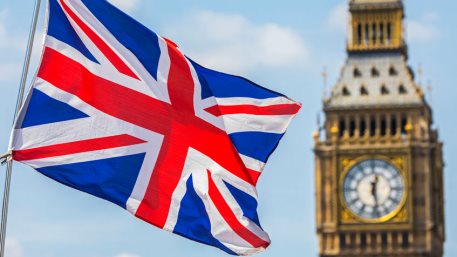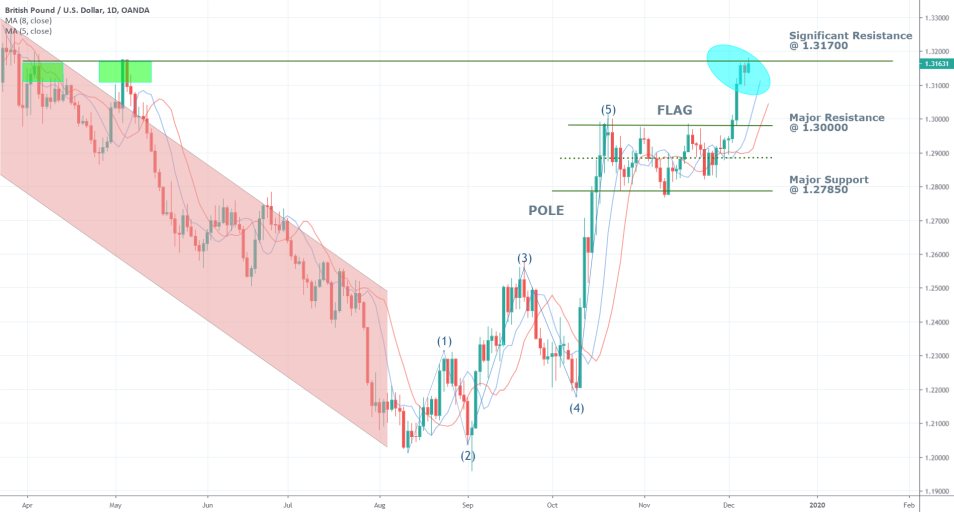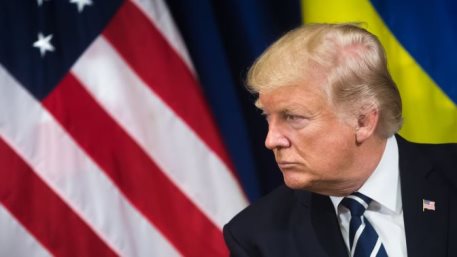
On Thursday a pivotal election will take place in Britain, which will essentially seal the future of Brexit in one way or another.
Boris Johnson and his Conservative party are facing the opposition of Jeremy Corbyn and the labour party in a General Election that will be won by a pure majority victory.
The Prime Minister called for the election after his proposition to go ahead with a no-deal Brexit by the 31st of October was blocked in a Parliamentary vote, which prohibited Johnson from taking the country out from the EU on the original date.
At the time, Johnson was forced to seek an extension of the deadline until the 31st of January 2020, however, the PM decided to circumvent the legal blockade for his no-deal Brexit by calling for a General Election.
If Johnson wins on Thursday, that means he will come on top and the House of Commons will no longer be able to prevent him from imposing his will.
Such general elections, however, are a double-edged dagger, as his predecessor – Theresa May – had attempted a similar course of action before and failed to secure a majority win, which ultimately led to her demise as a PM.
The latest polls from the weekend suggest that at the current moment Johnson is enjoying a substantial lead in front, which means that the Tories will most likely win on Thursday.
Meanwhile, the pound has been strengthening over the past few weeks, as the ambiguity around Brexit is starting to clear. A decisive win for the PM would mean that the overall uncertainty around the divorce process would be lessened.
Regardless, the key questions of Britain's post-departure future remain unanswered.
If Johnson wins, he would most likely push for a Brexit by the 31st of January with or without a deal, which means that the future of the British economy would still be put in peril from long-term uncertainty.
It is more than likely that the pound’s short-term rally, which was supported by the falling uncertainty around the elections’ outcome, would be terminated once the fears over Britain’s long-term economic stability become prevalent once more.
The GBPUSD is currently consolidating just below the significant resistance level at 1.31700, which has been prevailing since early April 2019.
The pair strengthened following the formation of the bullish flag pattern; however, it is unclear whether it would manage to break out above the resistance successfully.
What is almost certain is that the volatility levels would surge by the end of this week, not only because of the General Election on Thursday but also because of FOMC’s interest rate decision, which is scheduled for Wednesday.

Trendsharks Premium
Gold is undergoing a correction, as investors take profits to offset losses from falling stock prices, impacting their margins. However, we anticipate a renewed wave of [...]
The Swiss stock market index is mirroring its global counterparts, such as Germany 40 and US100, experiencing a sharp decline following the announcement of new [...]
We’re analyzing the weekly chart to grasp the broader market trend. Over the past three years, the US30 index has surged by 17,000 points, often resembling a nearly straight [...]
Over the past week, the DAX has experienced a sharp decline, plunging by an astonishing 3,400 points. This downward movement is not isolated, as its international counterparts, such as the UK100 and US100, are also facing significant [...]
EURUSD recently formed a double top at 1.0930, signaling a potential trend reversal, and has since begun a correction. After a 600-pip rally since early March, a pullback at this stage is both expected and healthy. Given these conditions, we are placing a [...]
Since early March, EURJPY has surged nearly 1,000 pips, providing us with several excellent trading opportunities. However, as the rally matures, many early buyers are beginning to take profits, leading to a noticeable slowdown in the uptrend. On Friday, the pair formed a [...]
The AUDJPY currency pair continues to be dominated by bullish momentum, as multiple golden cross patterns reaffirm the strength of the ongoing uptrend. Despite this, we are witnessing a much-needed [...]
The EURAUD currency pair appears to be undergoing a trend reversal, signaling a potential shift in market direction. A notable technical development is the formation of a Death Cross on the chart, a widely recognized bearish indicator that typically suggests a [...]
After securing an impressive 200-pip profit last week, the EURJPY currency pair is now undergoing a southward correction, retracing some of its recent gains. Despite this temporary pullback, the Golden Cross remains intact, reinforcing our view that the overall trend continues to be [...]
The appearance of a Golden Cross in Silver strengthens our analysis that the metal is currently in a strong uptrend, indicating further bullish momentum in the market. This technical pattern, where the short-term moving average crosses above the [...]
This trade presents a considerable level of risk and can be classified as an opportunistic move based on recent price action. The GBPUSD currency pair has experienced a substantial bullish rally, surging by nearly 500 pips in a strong upward movement. However, after this extended period of appreciation, the pair is showing signs of a potential [...]
The anticipated Death Cross on the SMI20 appears to be failing as price finds strong support at the 23% Fibonacci retracement level. After testing this area, the index has shown bullish strength, printing several large green candles, signaling an increase in [...]
A Golden Cross has just appeared on the USDJPY chart, signaling a potential bullish move. This technical pattern occurs when the 20 period moving average crosses above the 60 period moving average, a widely recognized indication of increasing [...]
After 2 months of a down trend, we finally see some indications of price recovery for Oil. The golden cross, a historic buy signal, supports this [...]
For the past month, the German DAX40 has experienced a remarkable 10% surge, reflecting strong bullish momentum. Despite ongoing market volatility and frequent pullbacks, every dip continues to attract fresh buyers, reinforcing the [...]
Oil continues its downward trajectory, despite occasional pullbacks. The overall trend remains bearish, reinforced by multiple Death Cross patterns, a classic sell signal indicating further weakness. Adding to this bearish outlook, the critical [...]
Over the past few days, gold has experienced a sharp decline of more than $100. This downturn can be attributed in part to traders securing profits to manage their margins, which are under strain due to the significant drop in major indices. Currently, gold has fallen below the [...]
The NASDAQ 100 index is showing strong bullish momentum, as evidenced by the formation of a Golden Cross on the chart. This classic buy signal occurs when the short moving average crosses above the long term moving average, suggesting that upward momentum is [...]
The EURAUD currency pair has encountered a significant resistance level, failing to break above the critical 61% Fibonacci retracement level. This suggests that bullish momentum is weakening, reinforcing the case for a potential downward move. Given this technical setup, we favor entering a [...]
The UK100 is experiencing a remarkable rally! Over the past few weeks, the British stock market index has surged nearly 800 points. Each minor dip has attracted more buyers, fueling the bullish momentum. However, since last week, we’ve observed a slight [...]




















